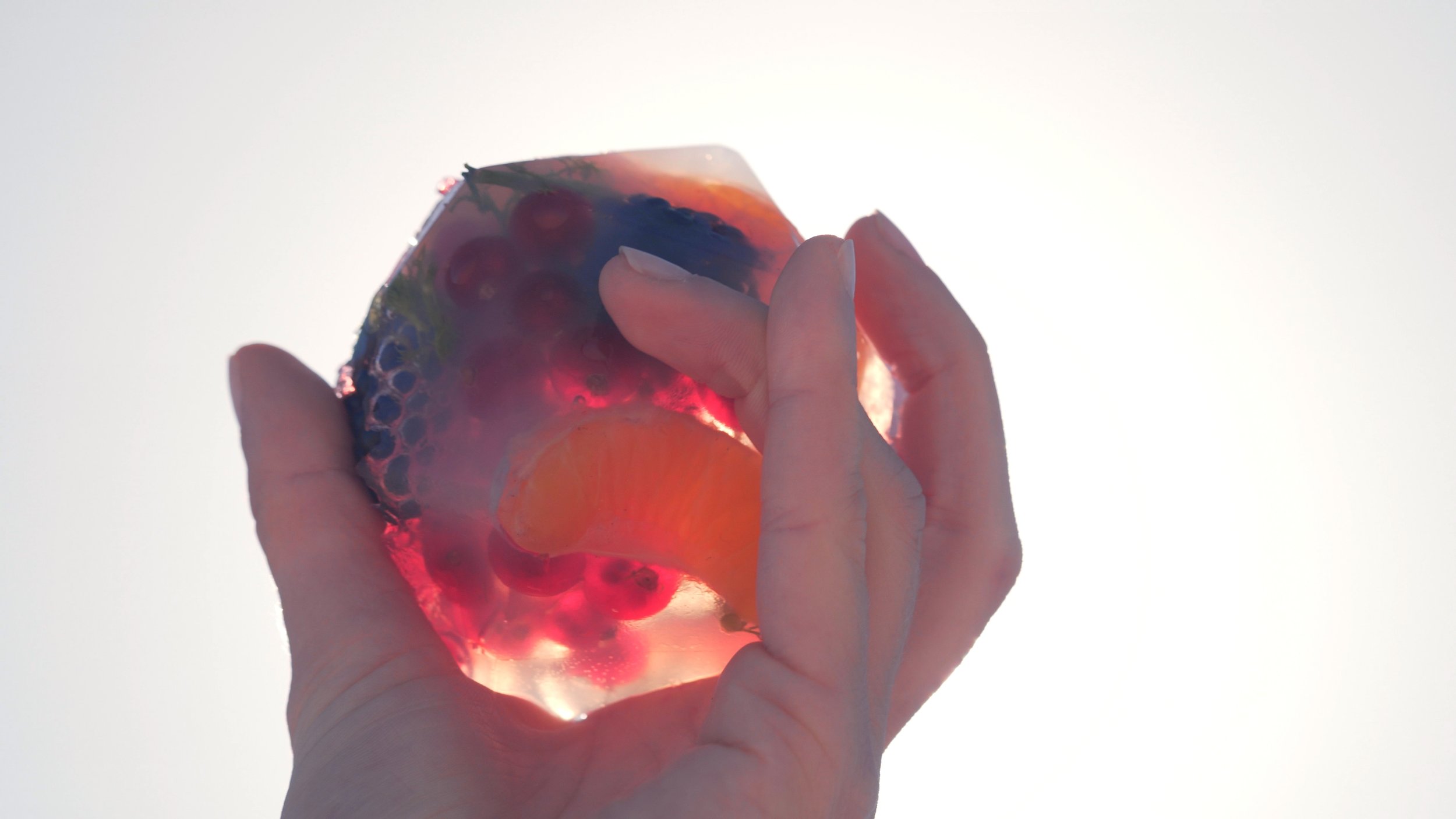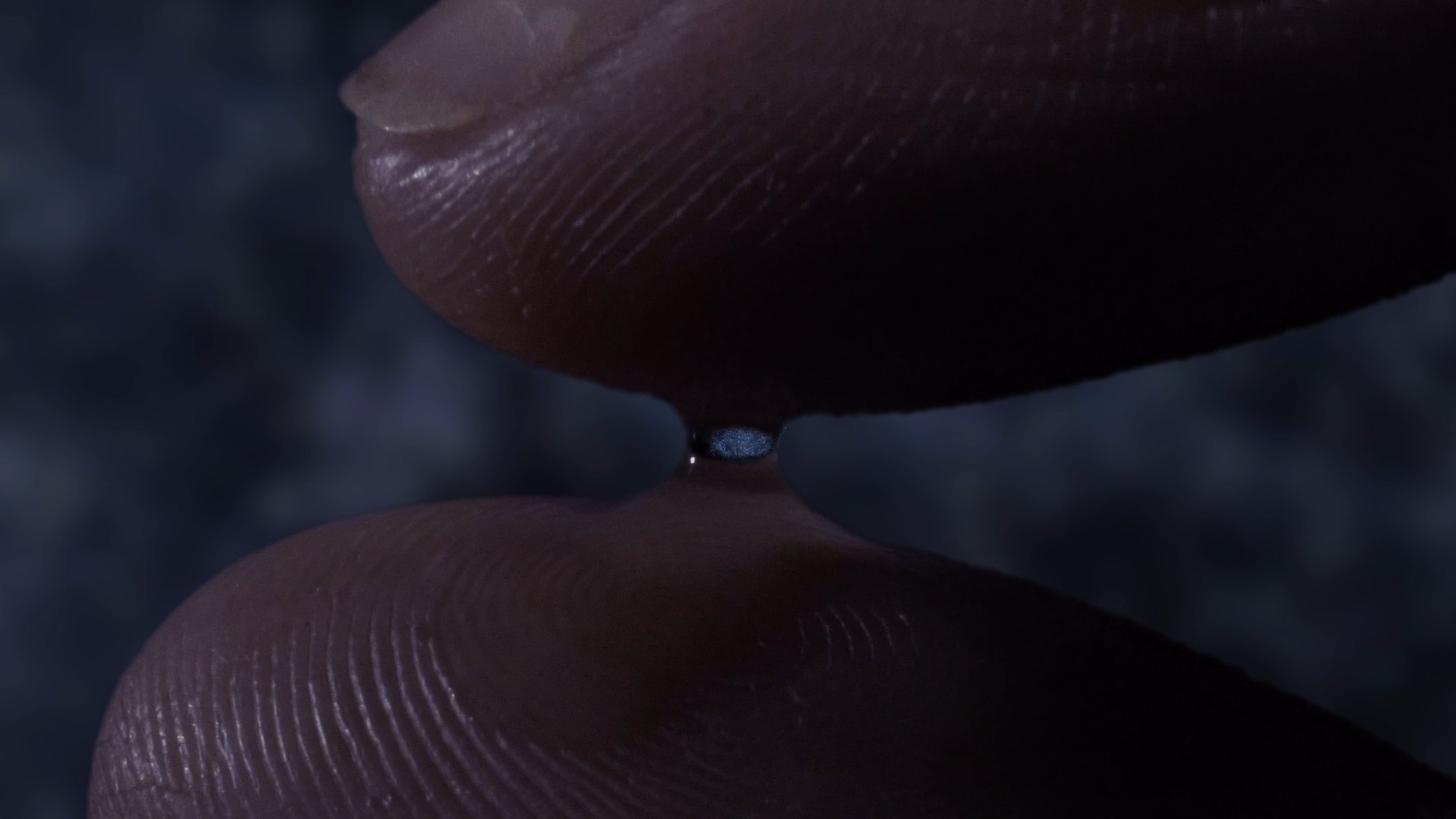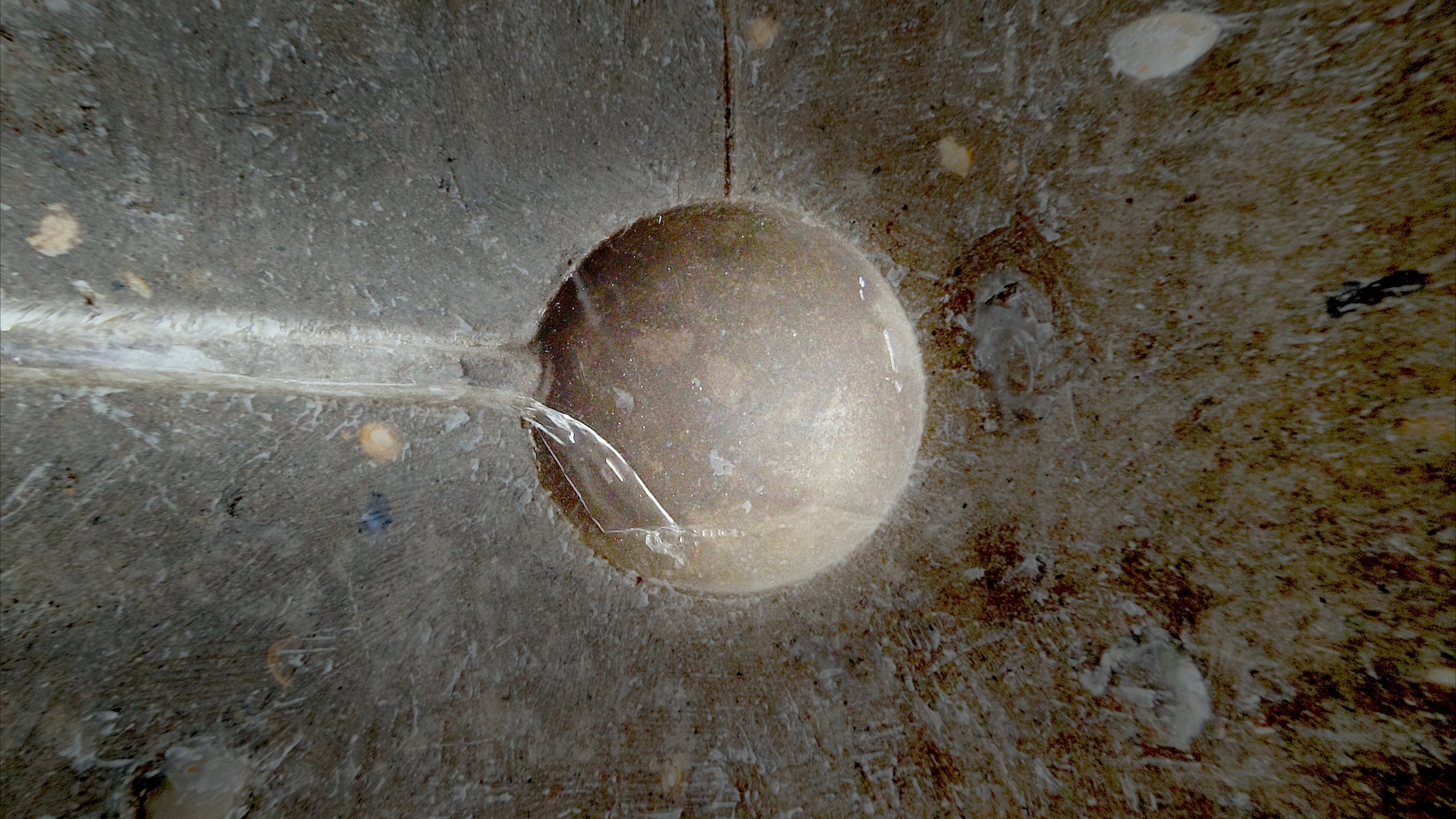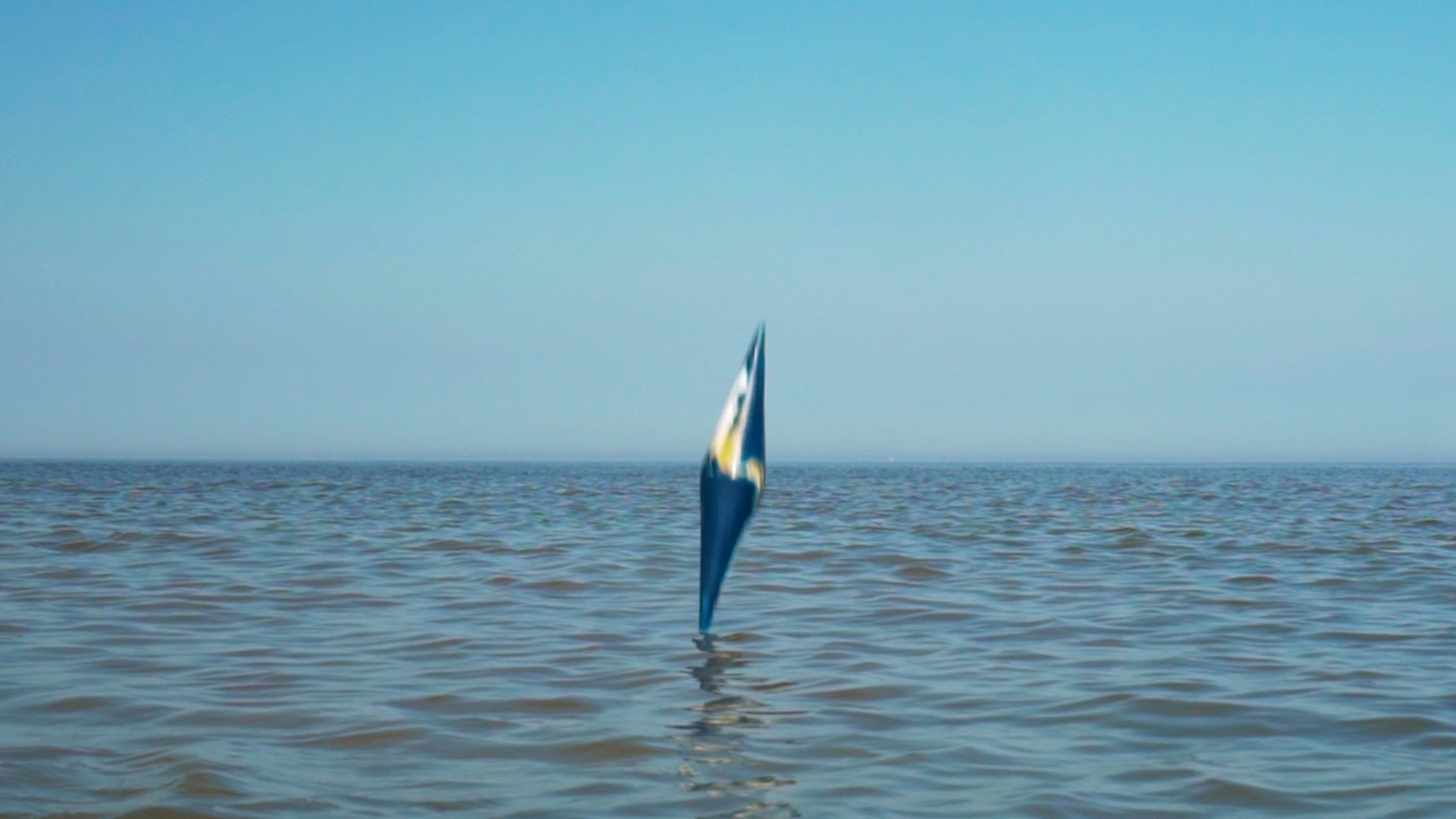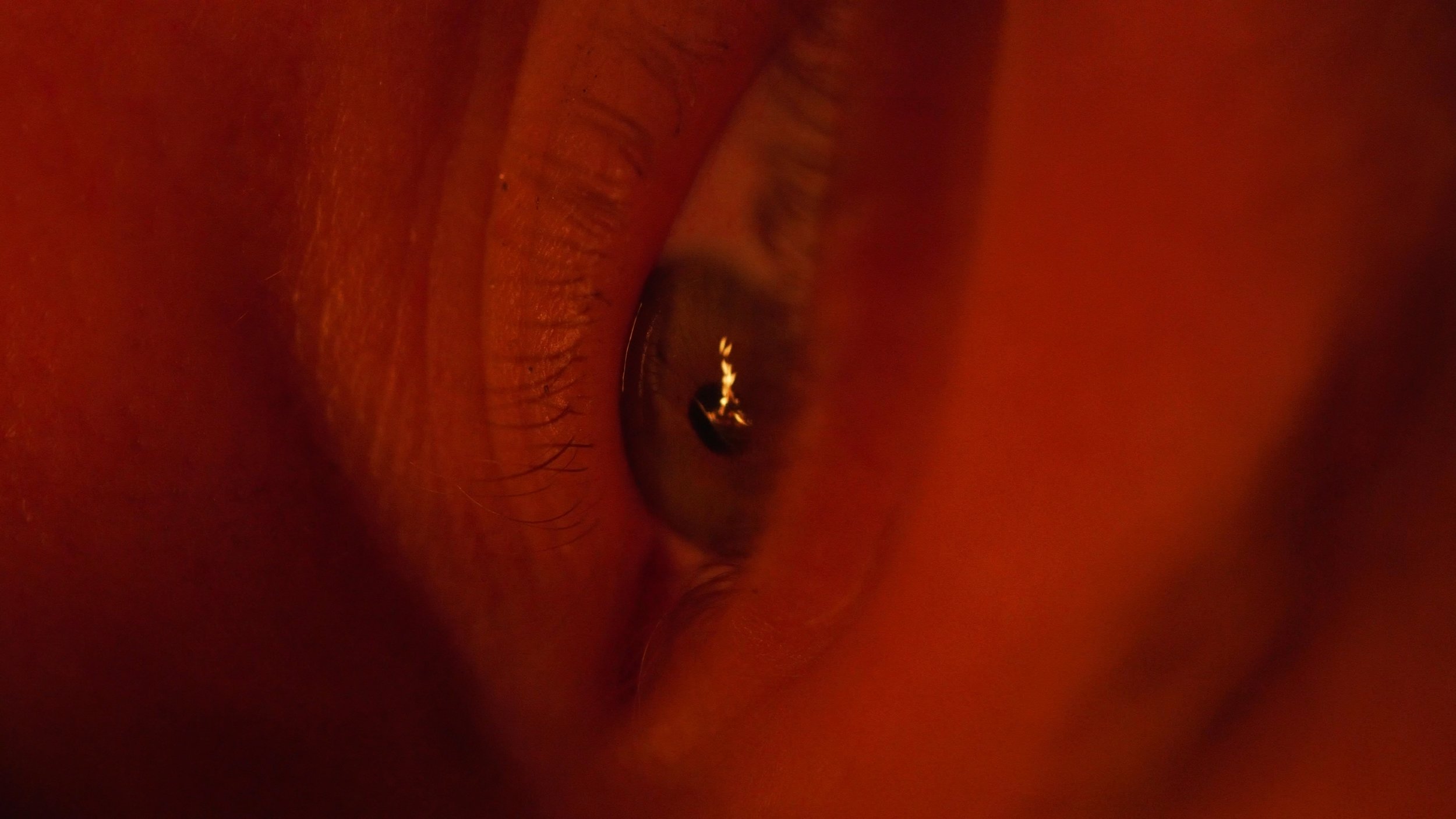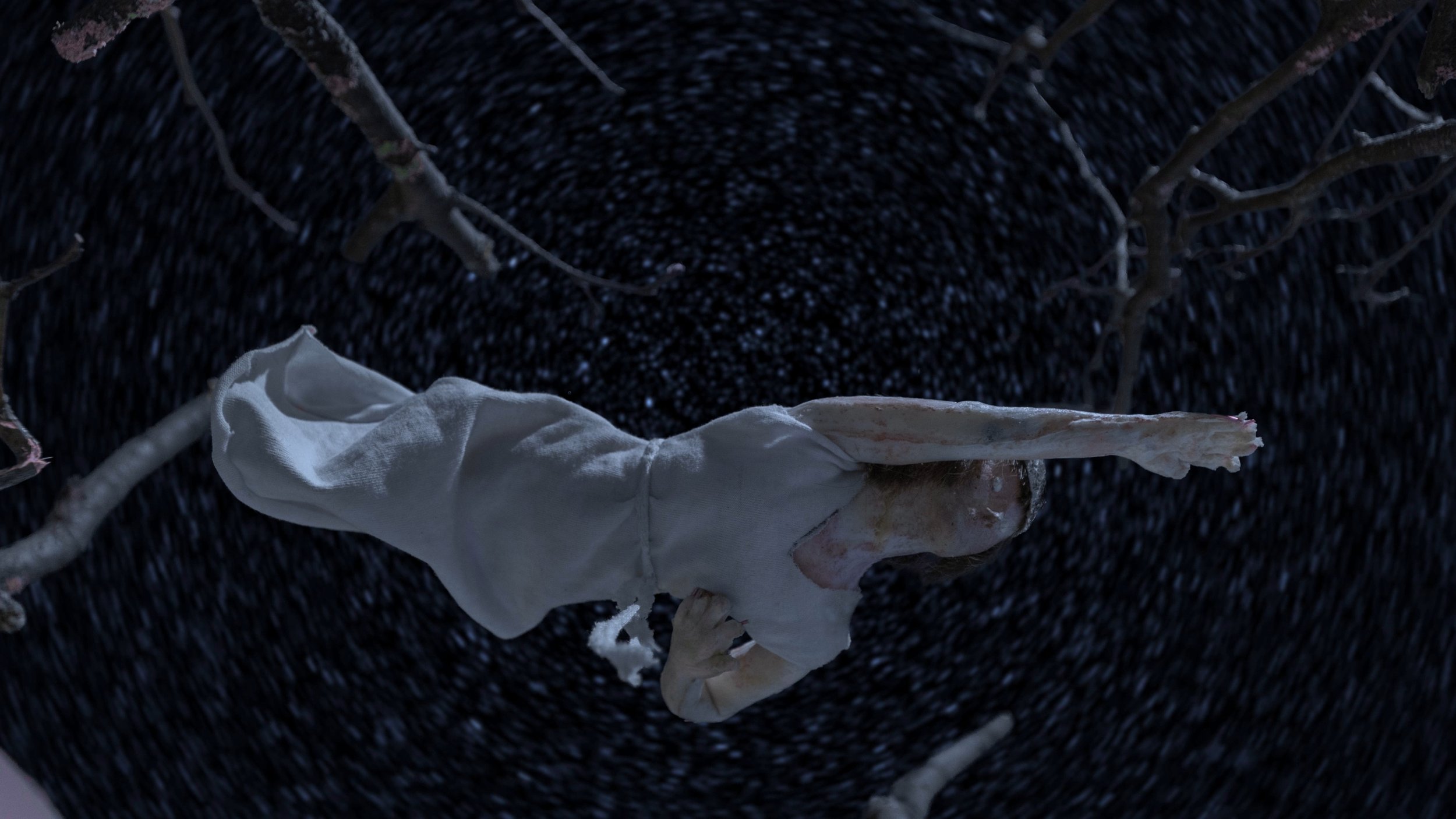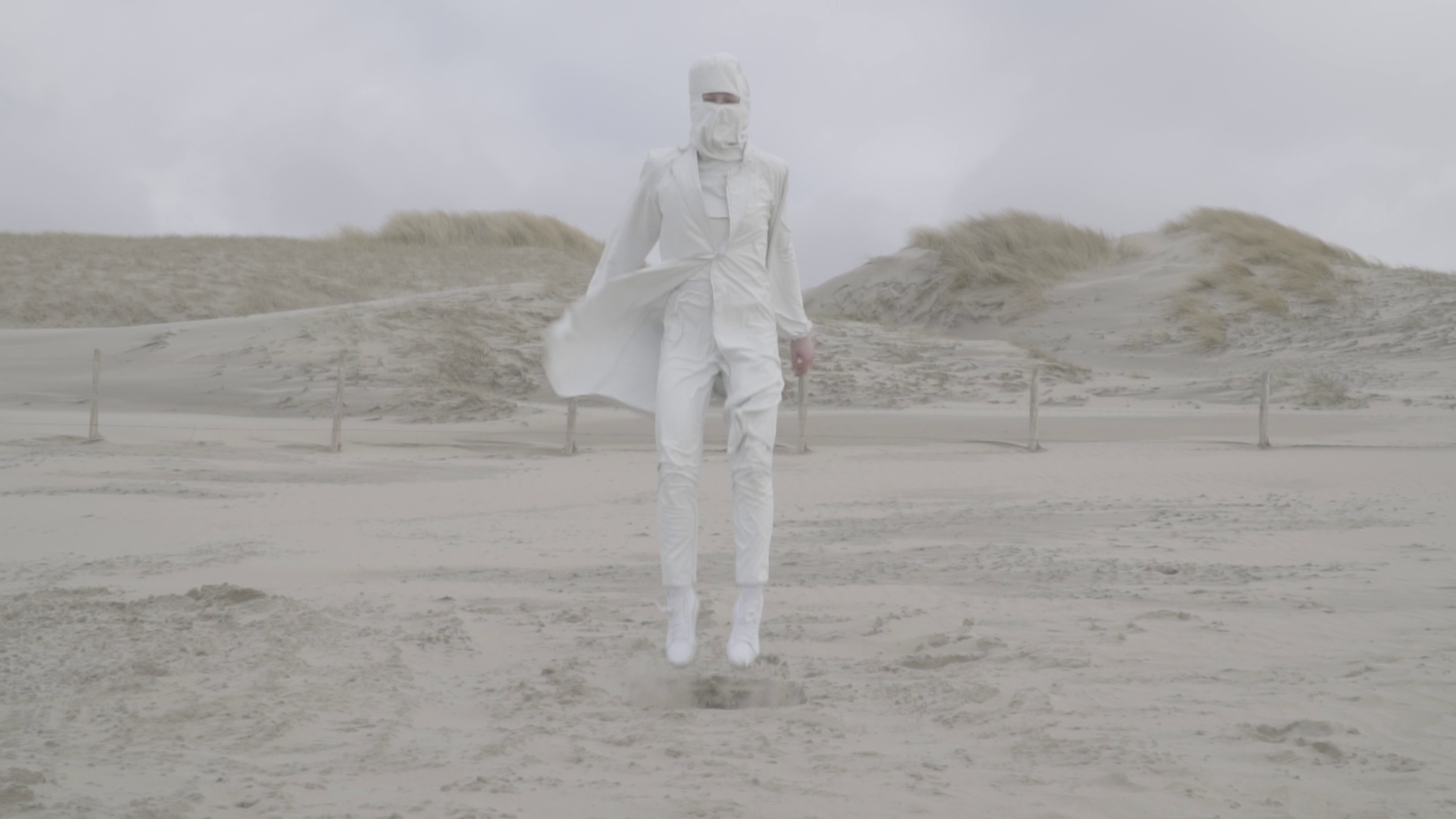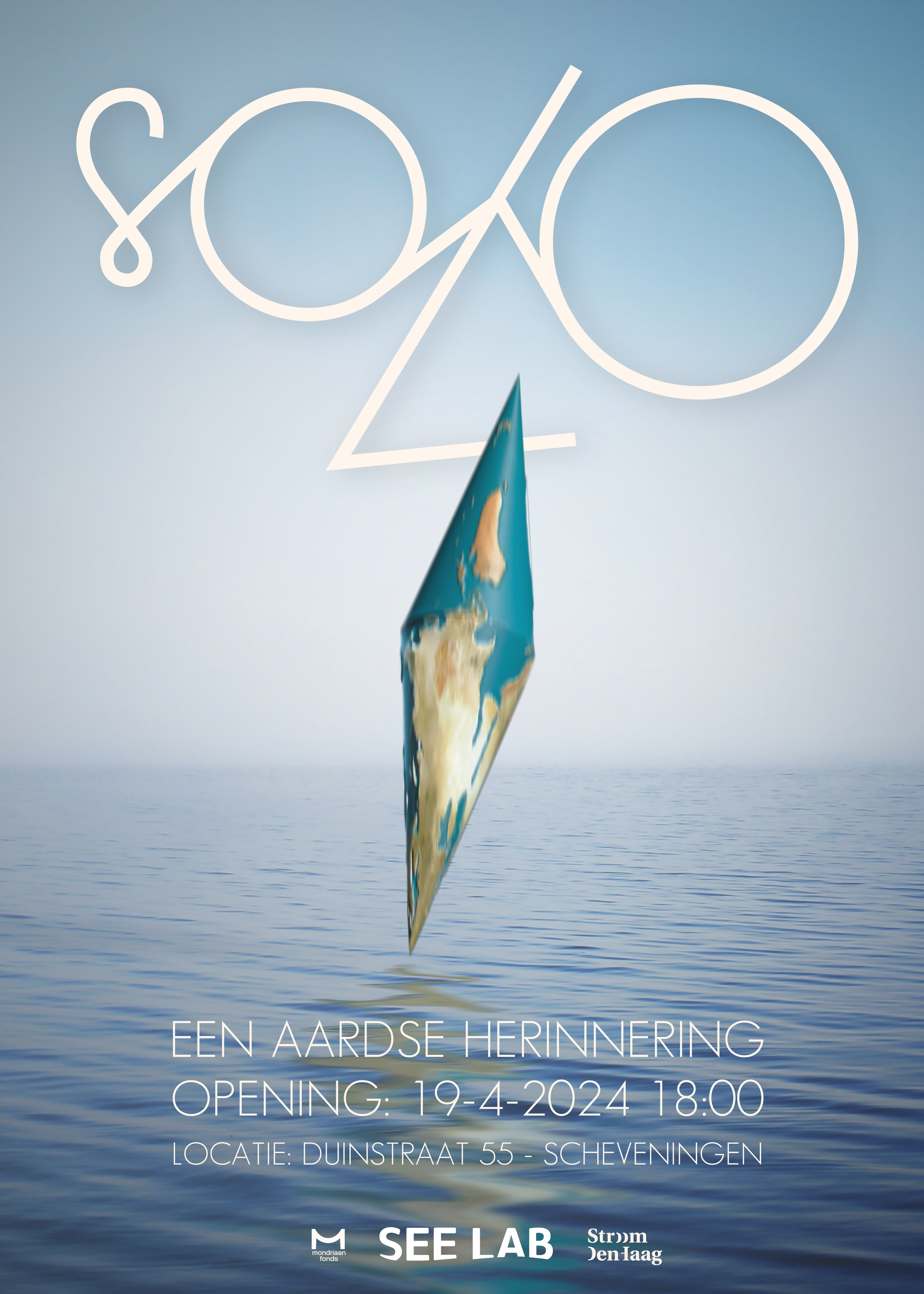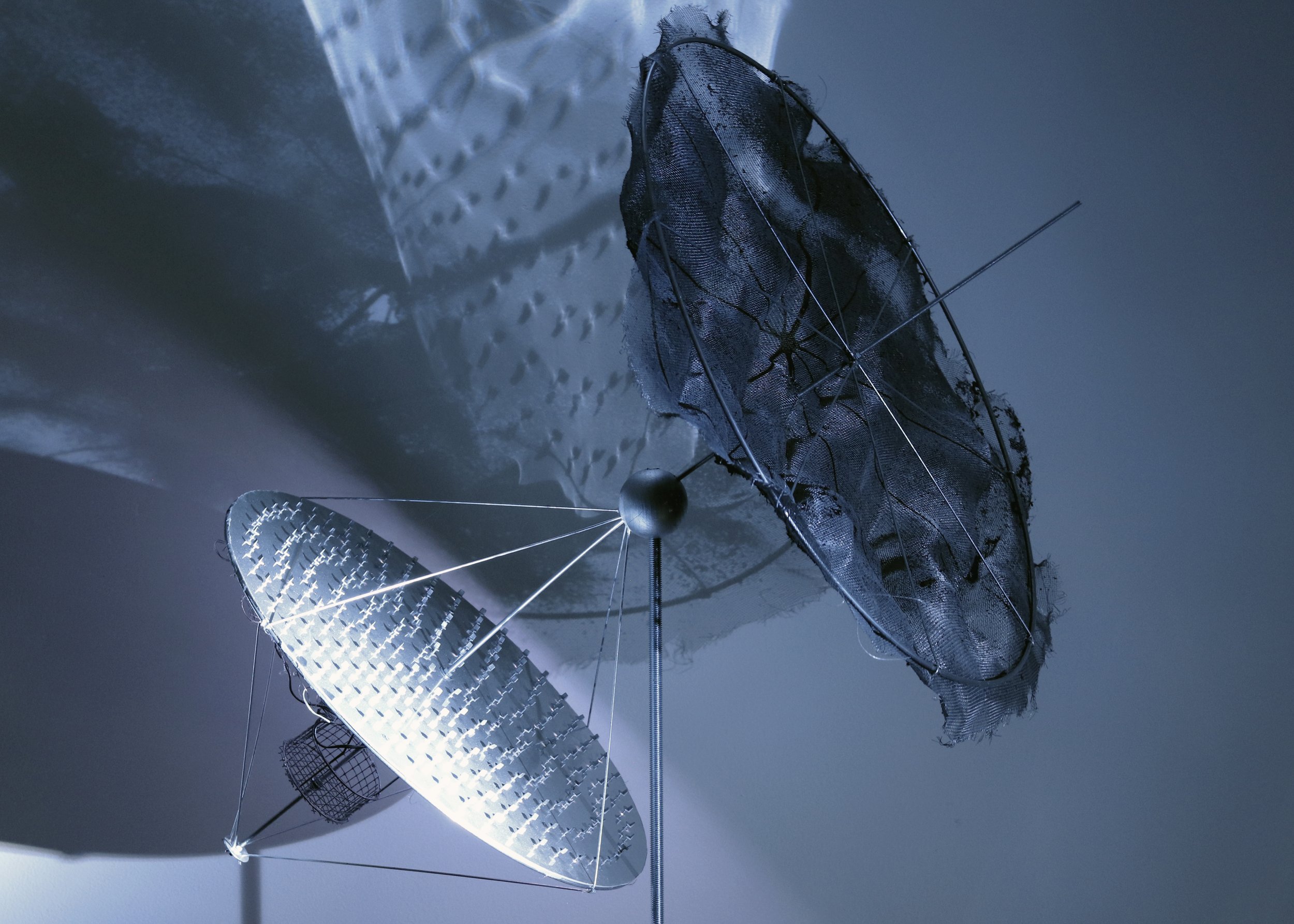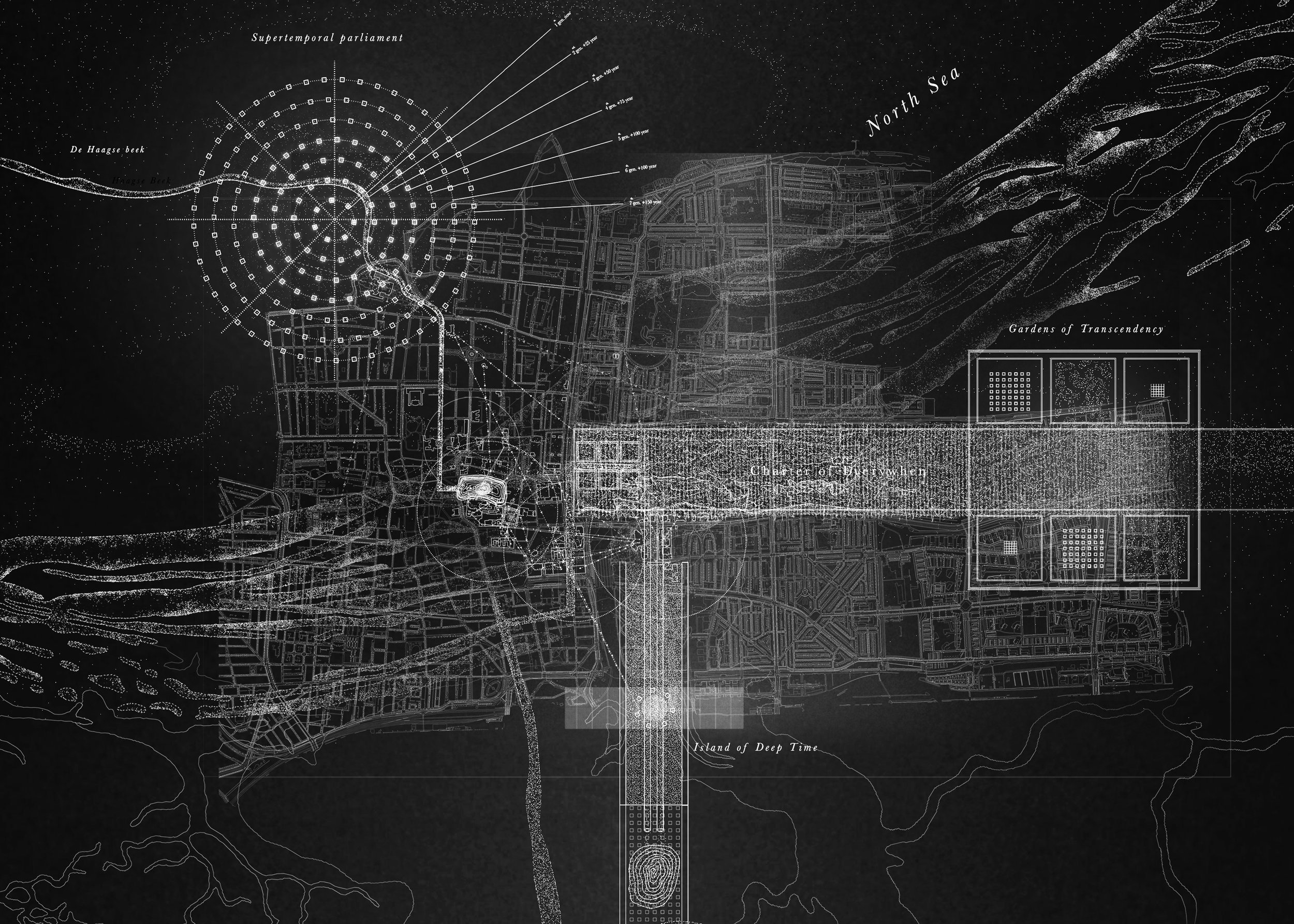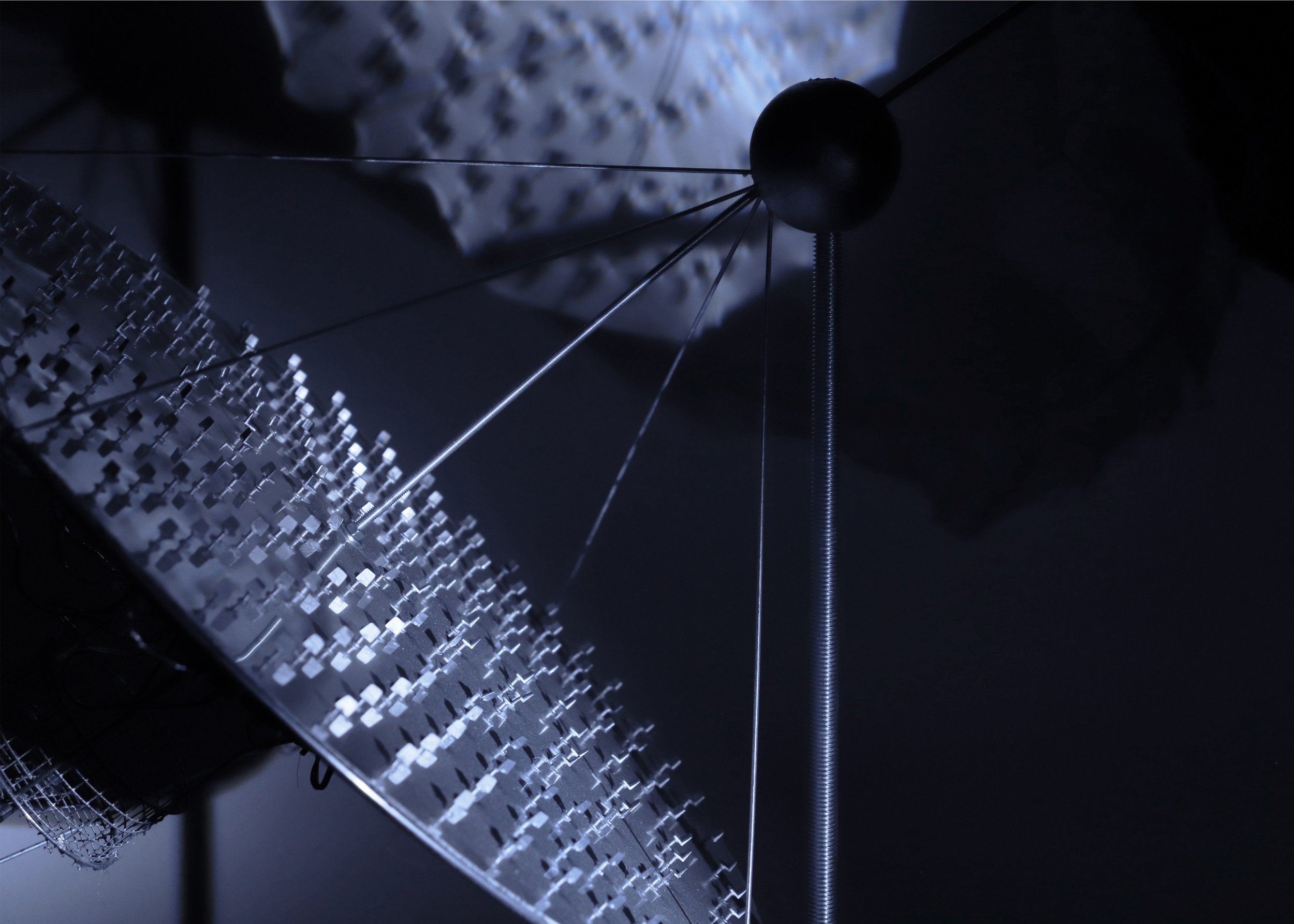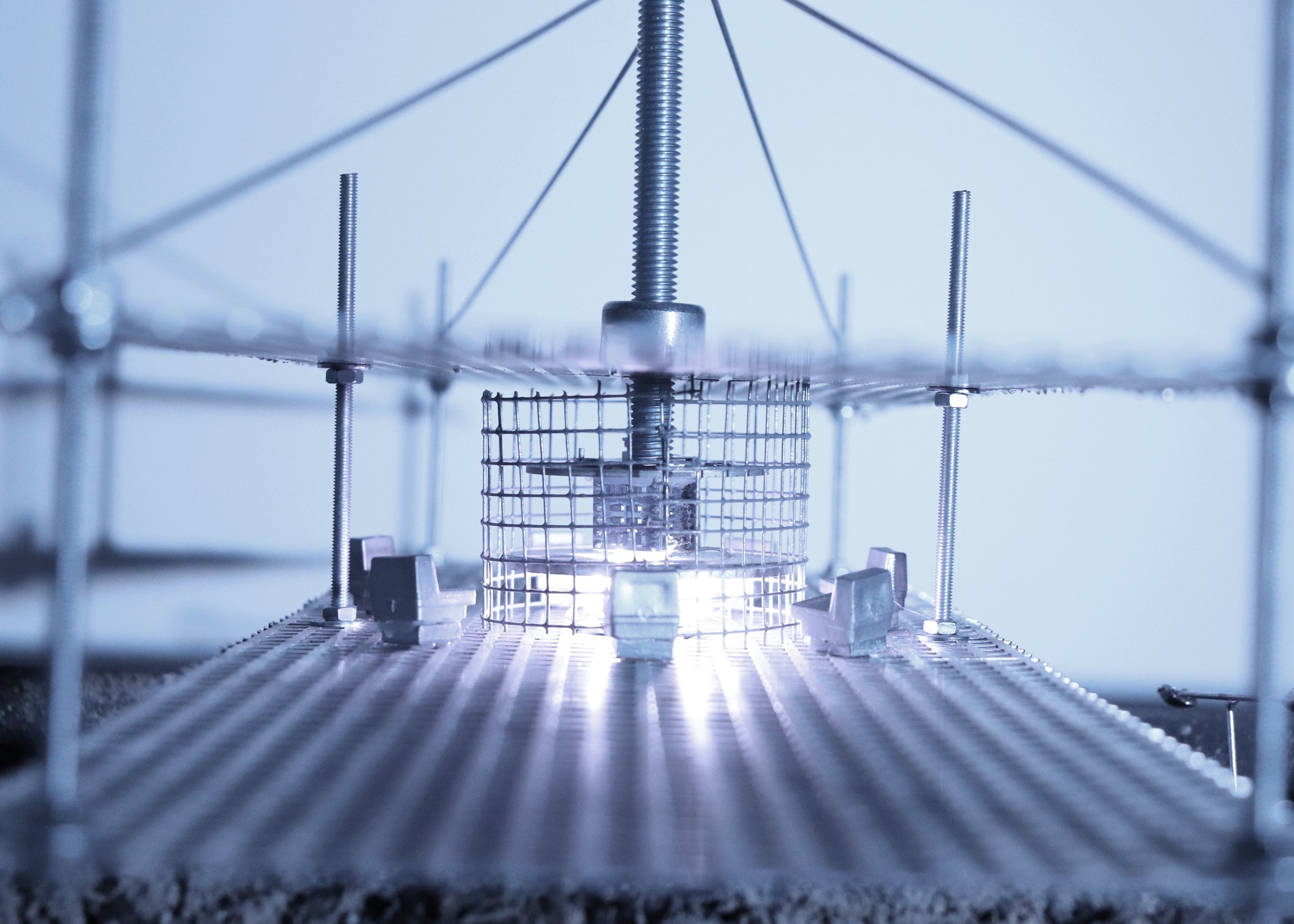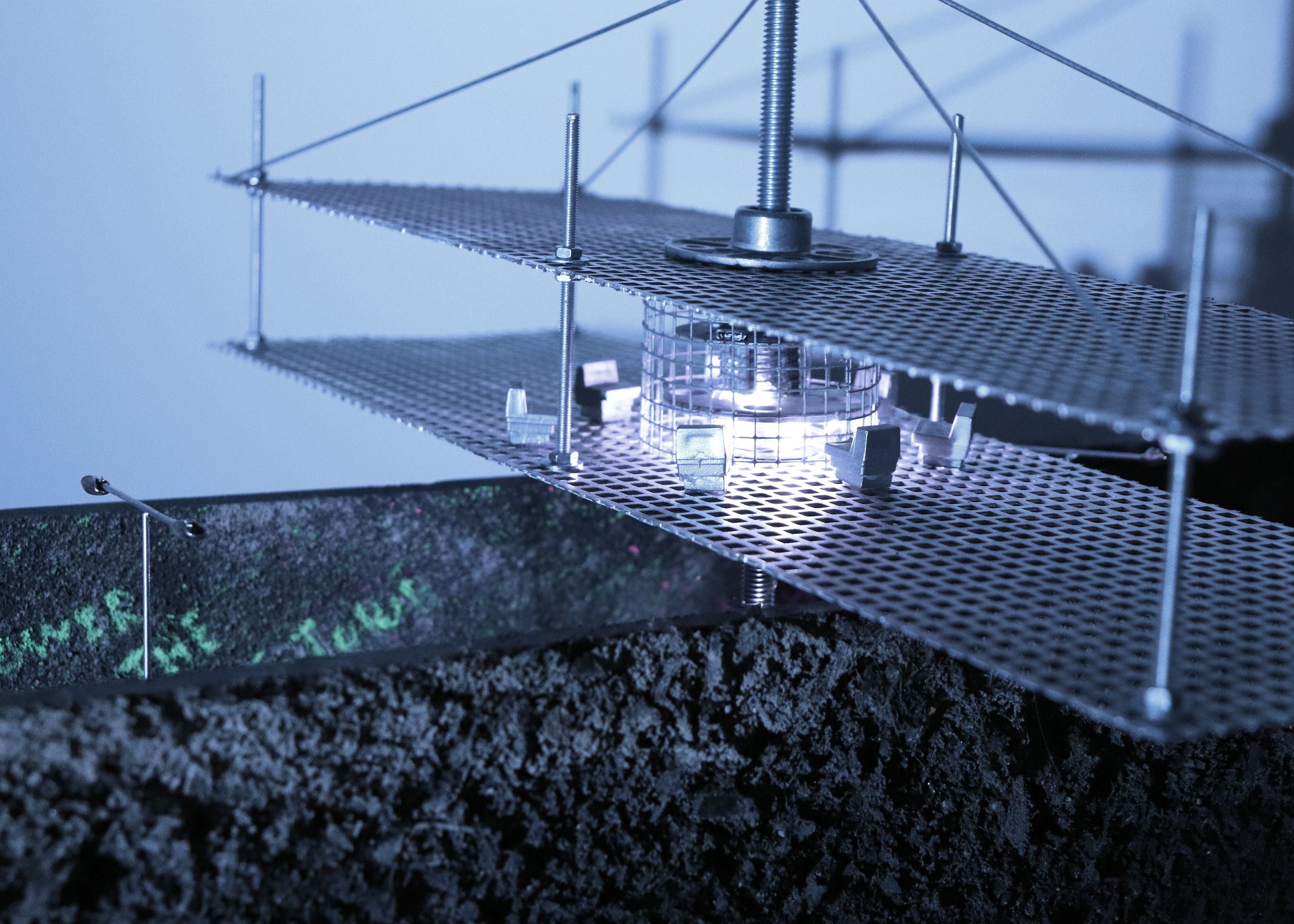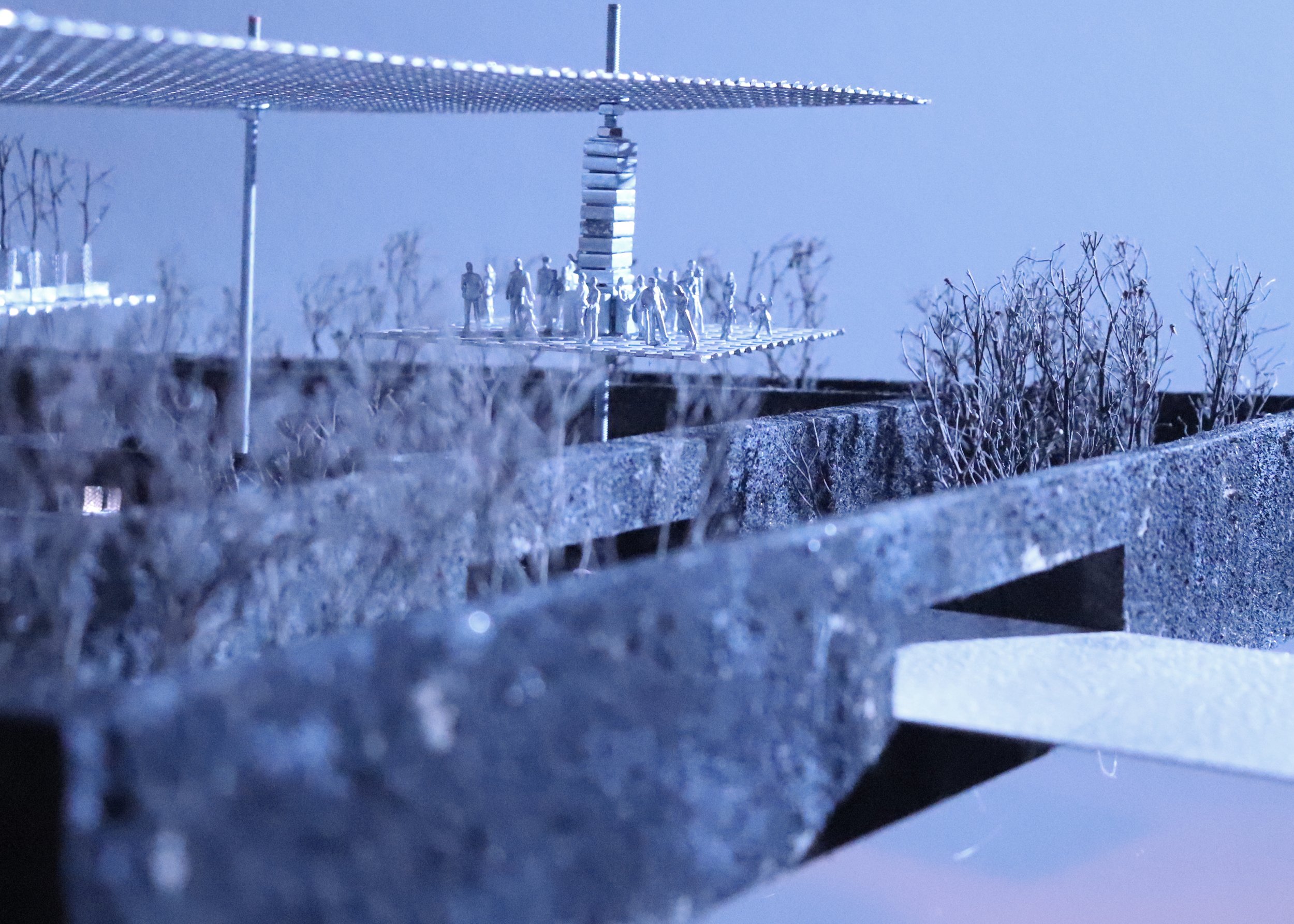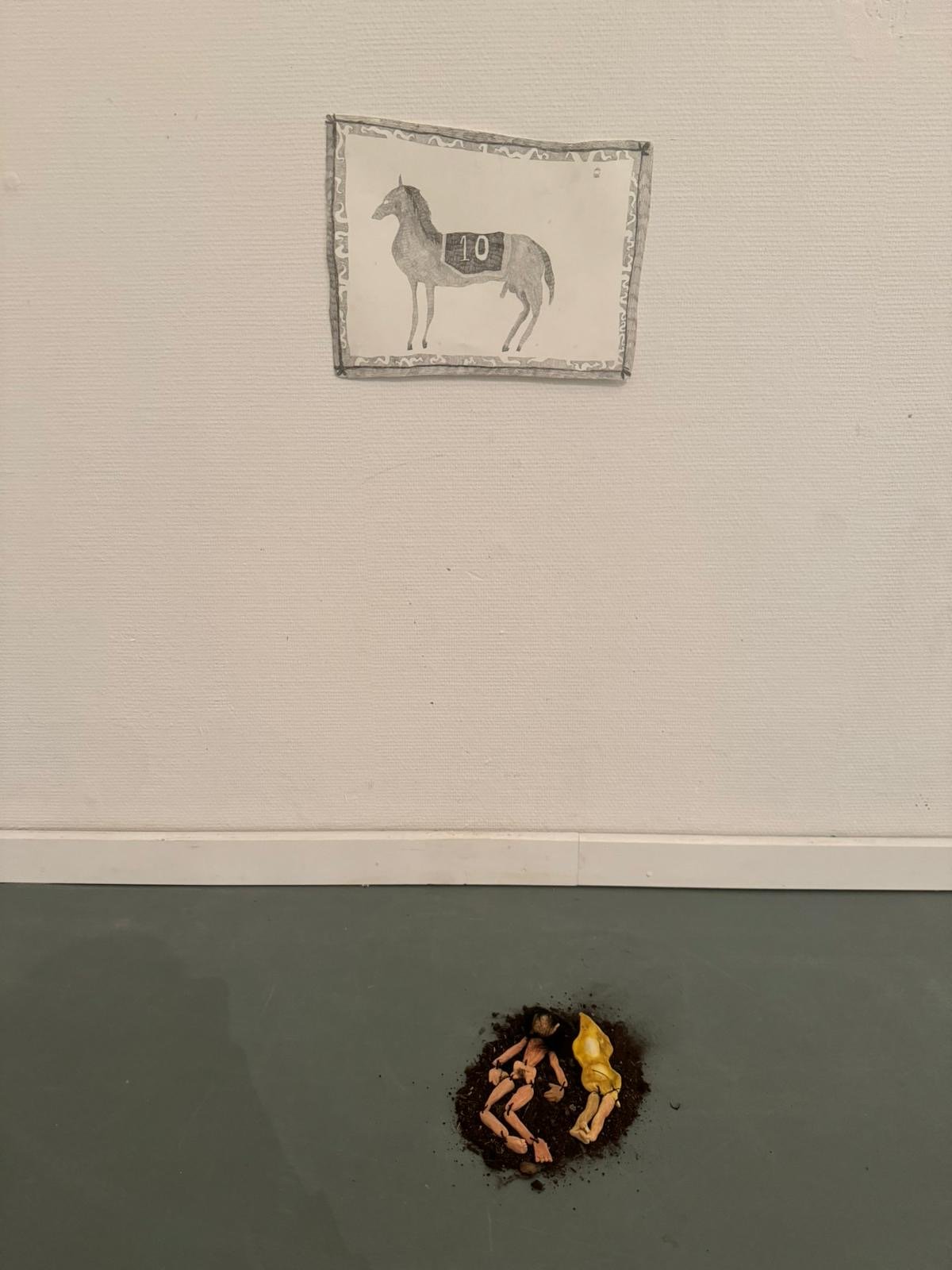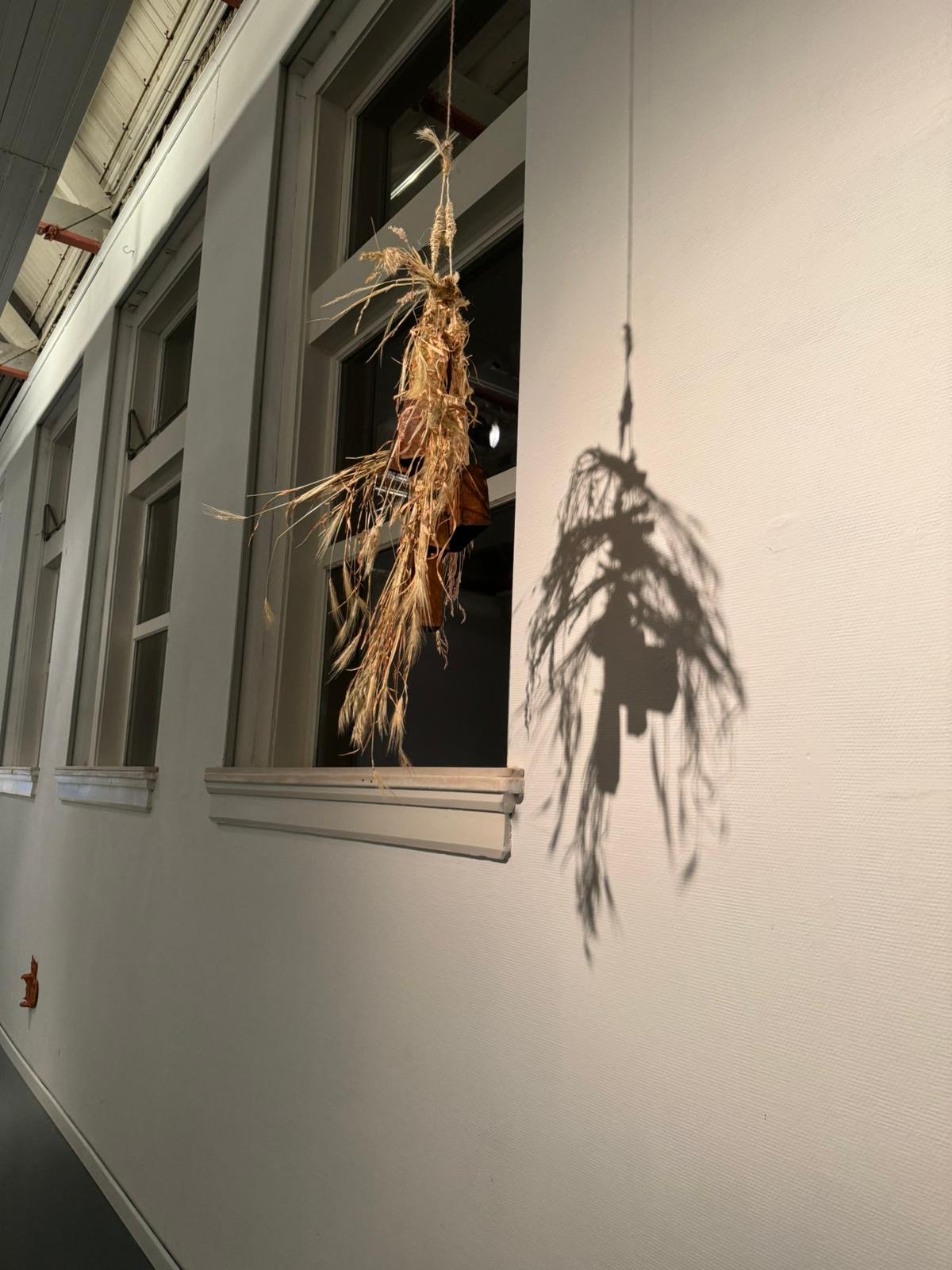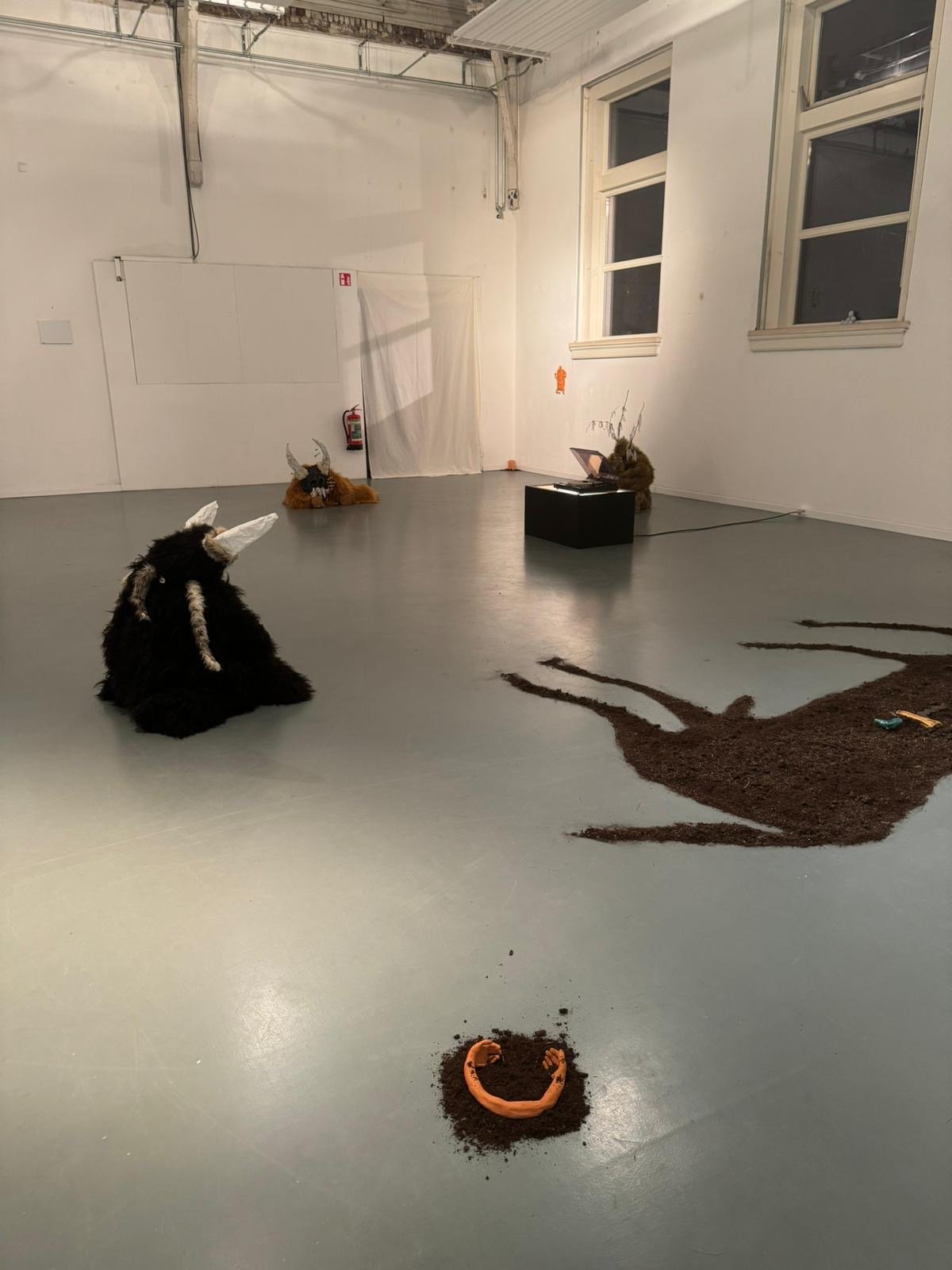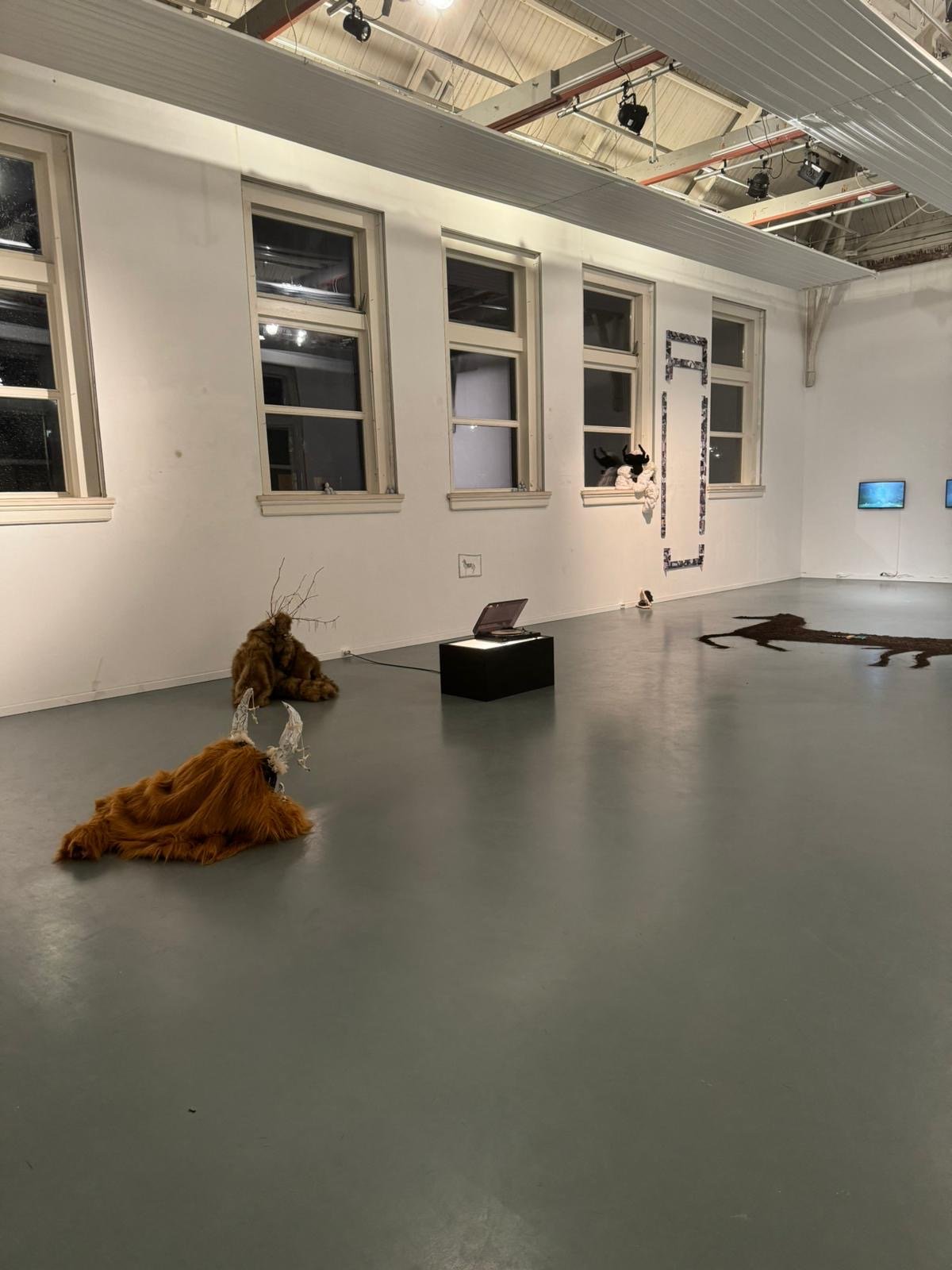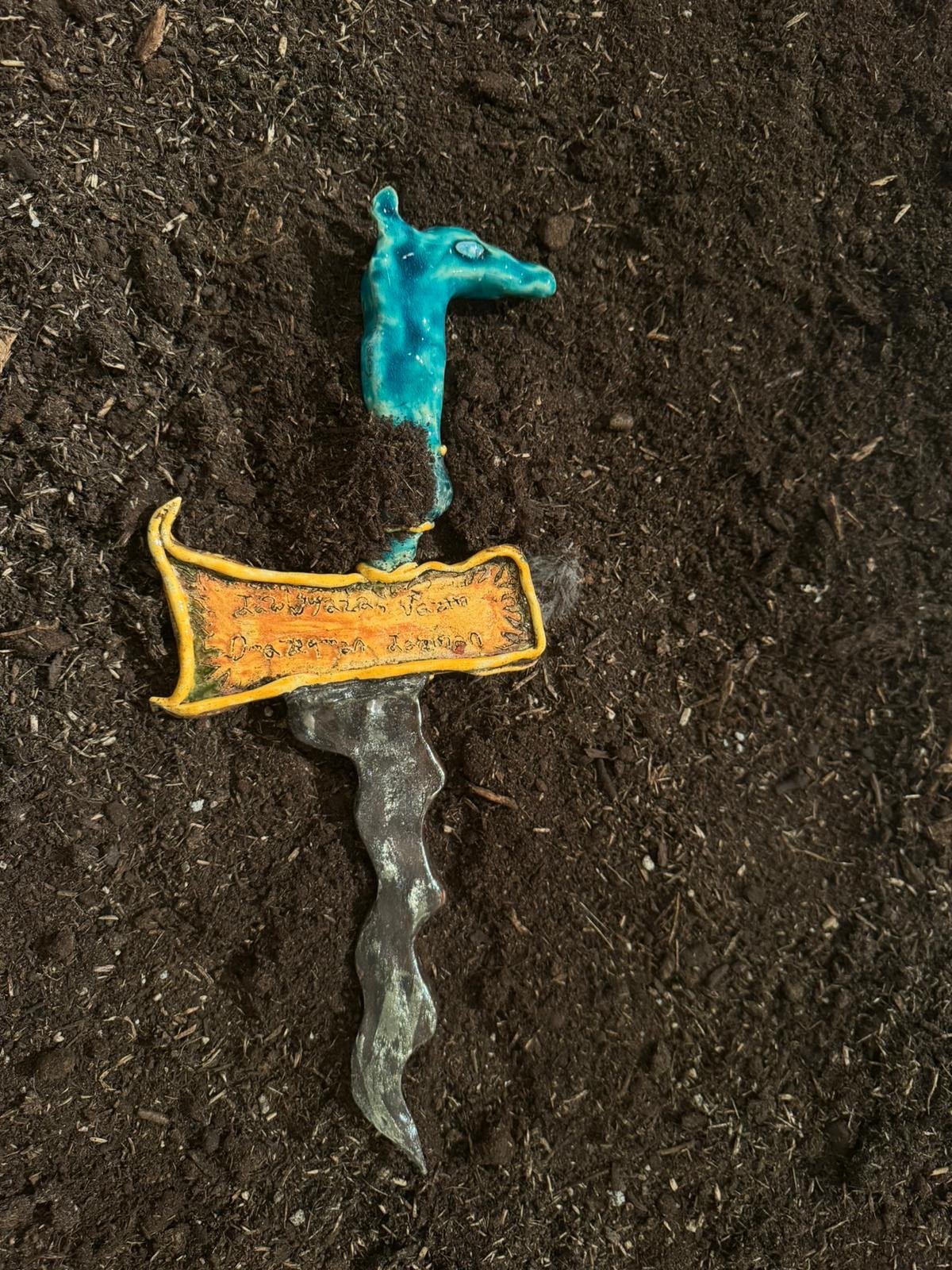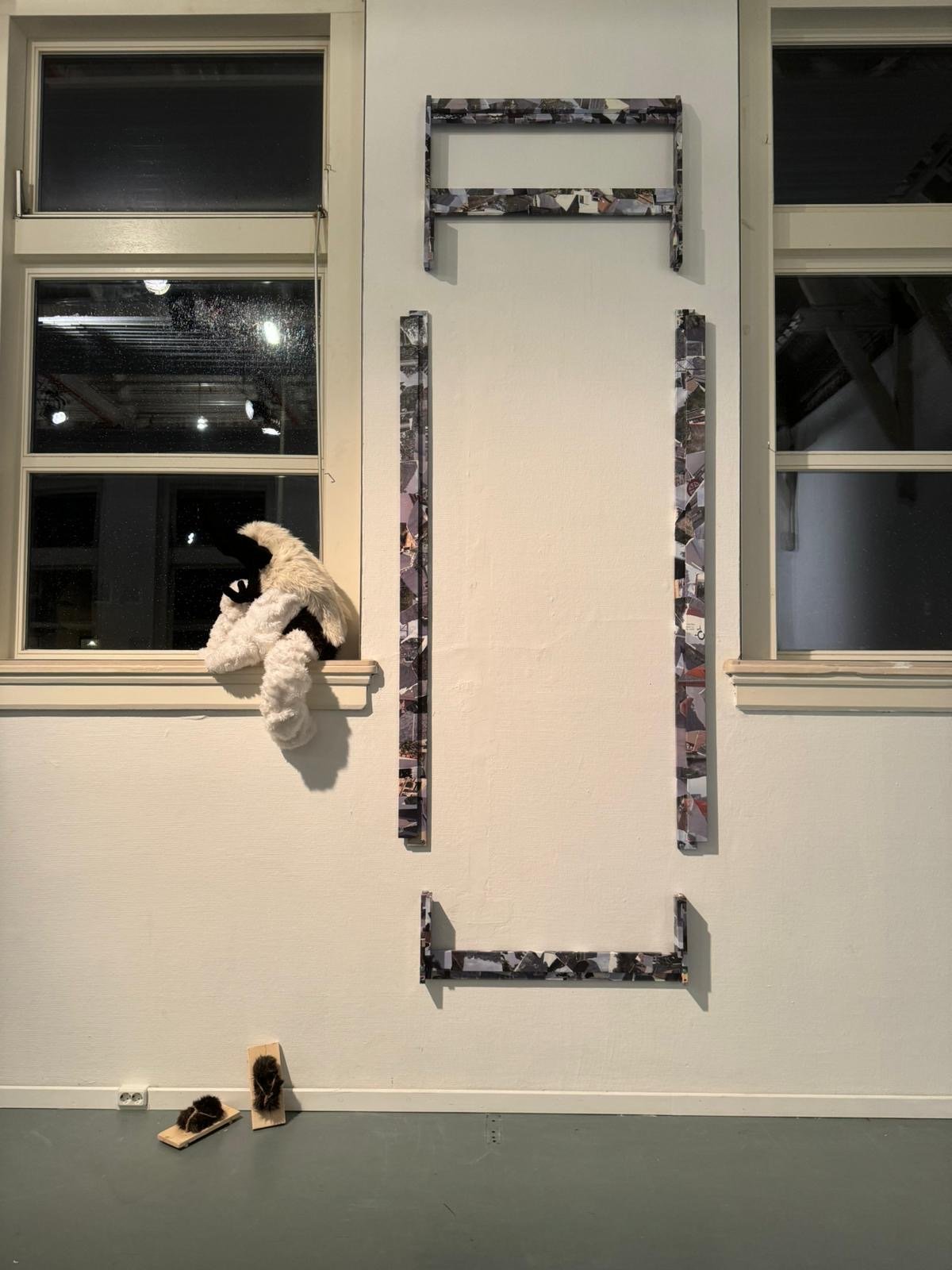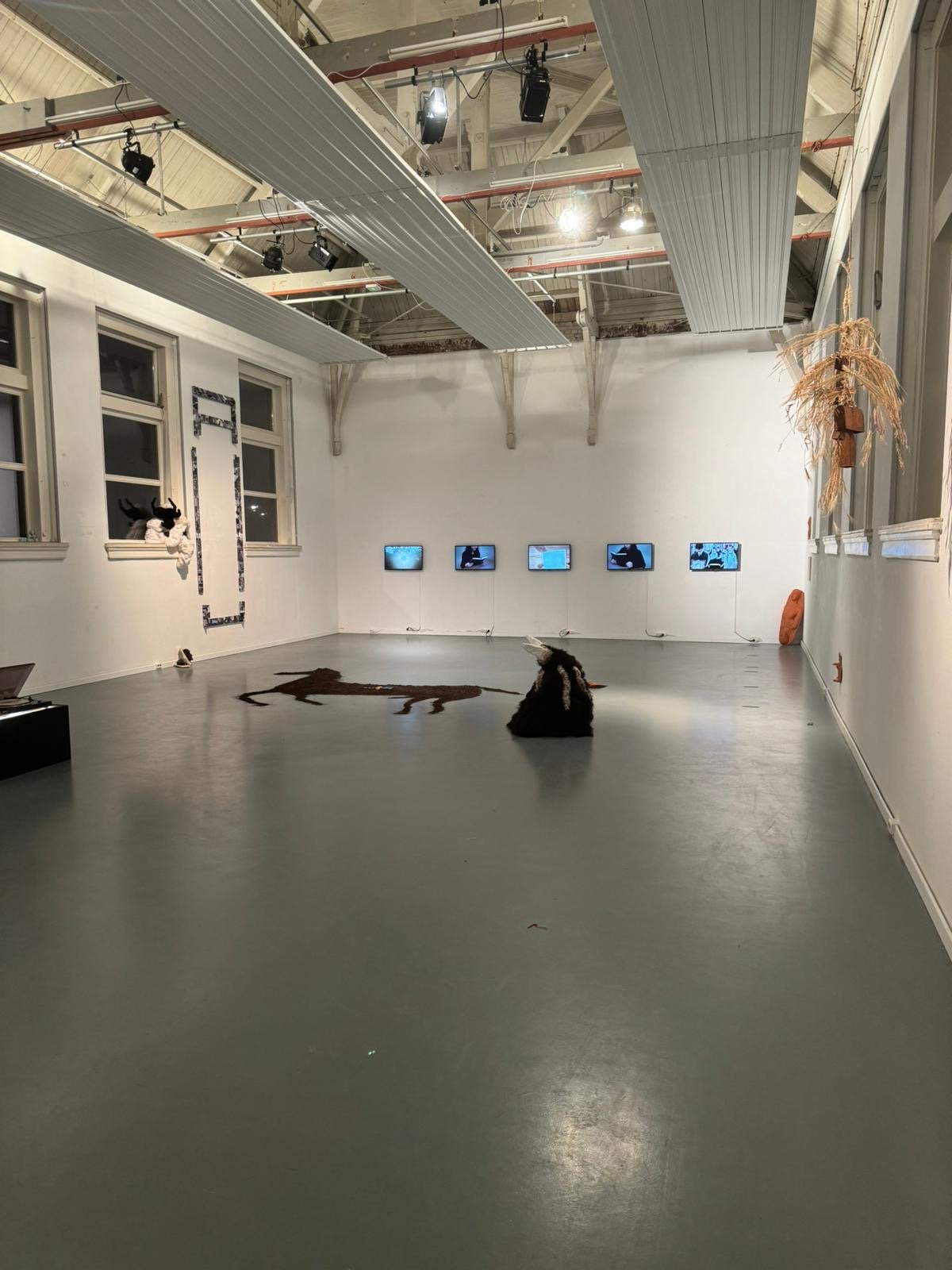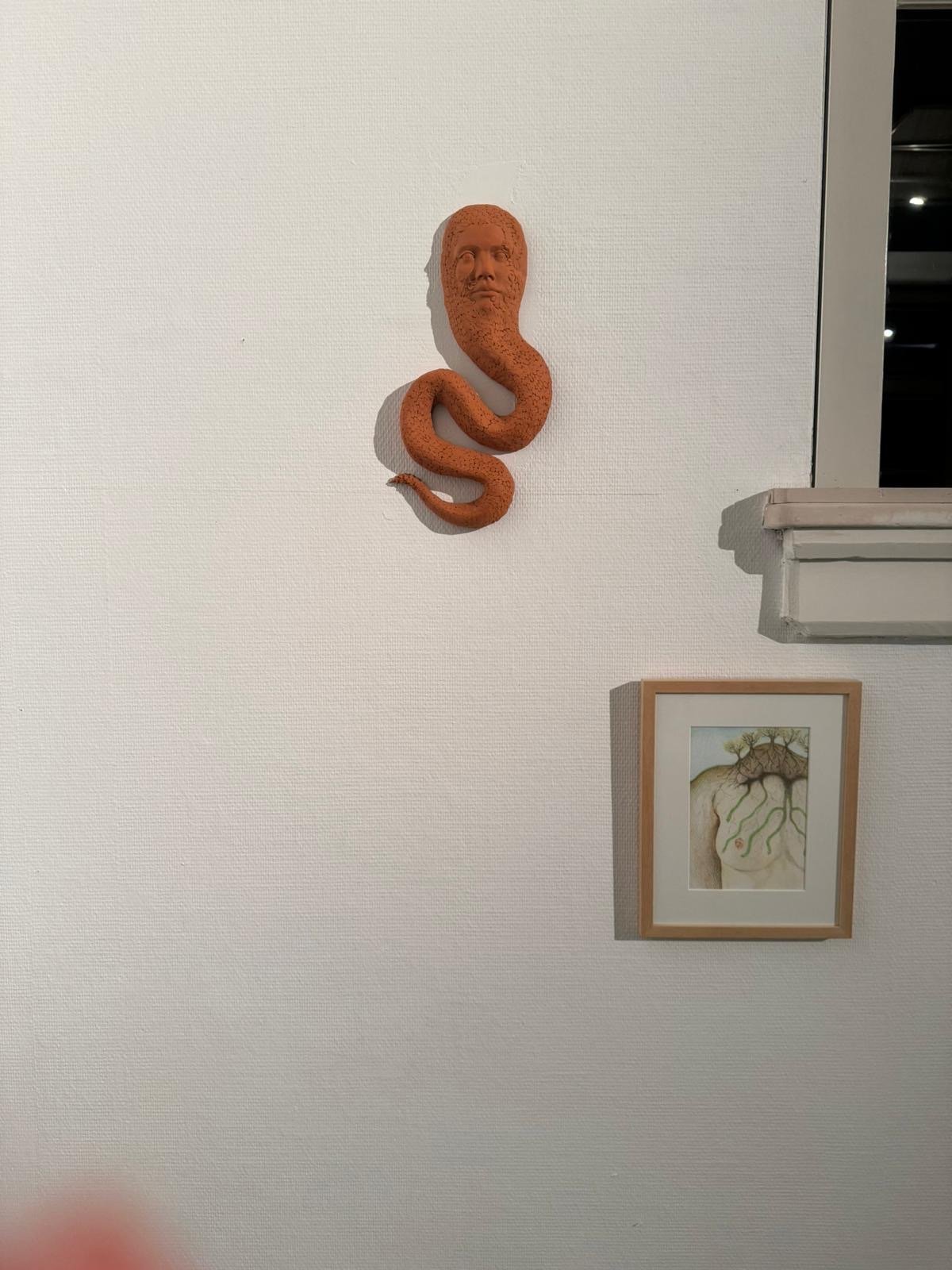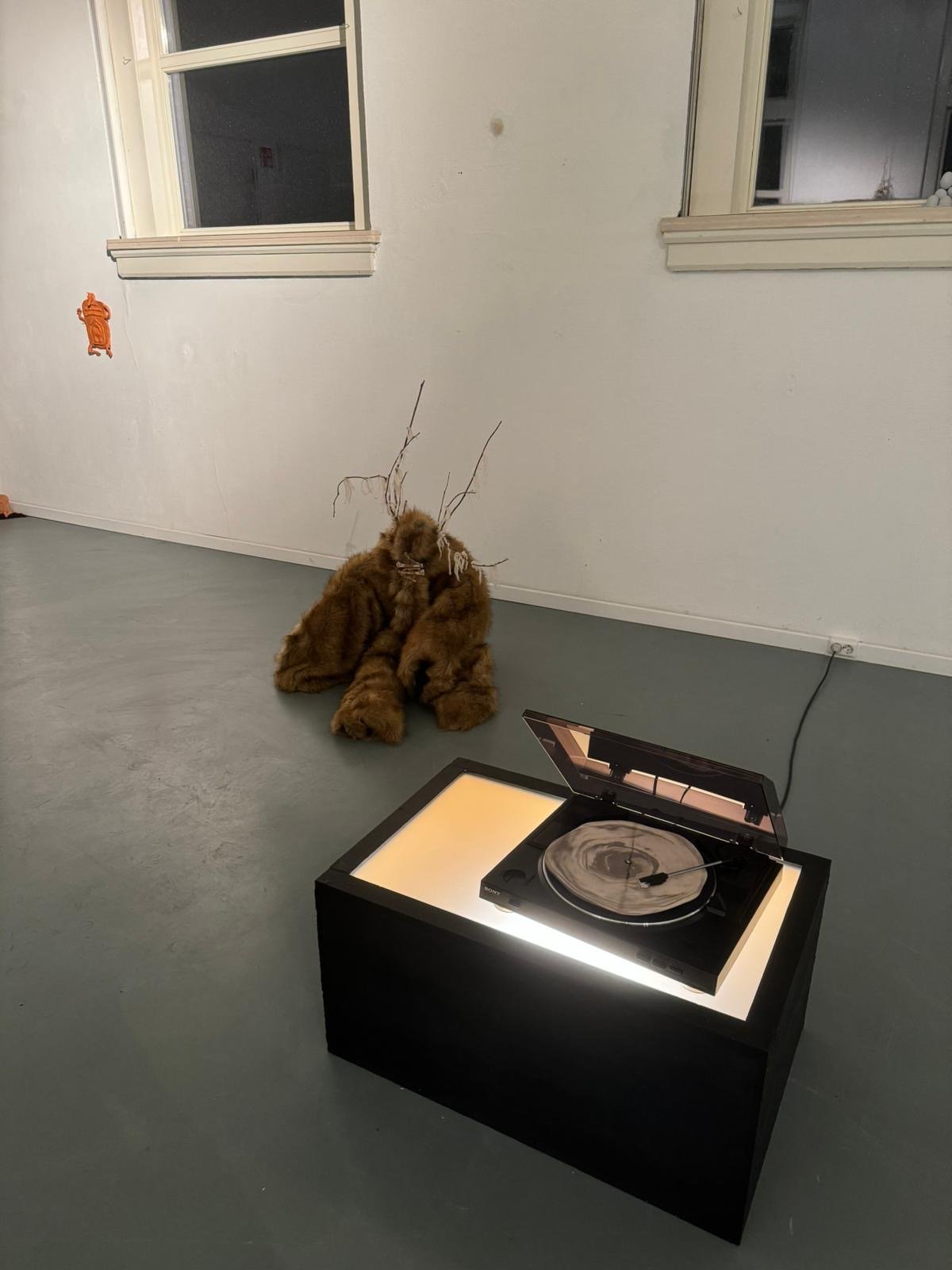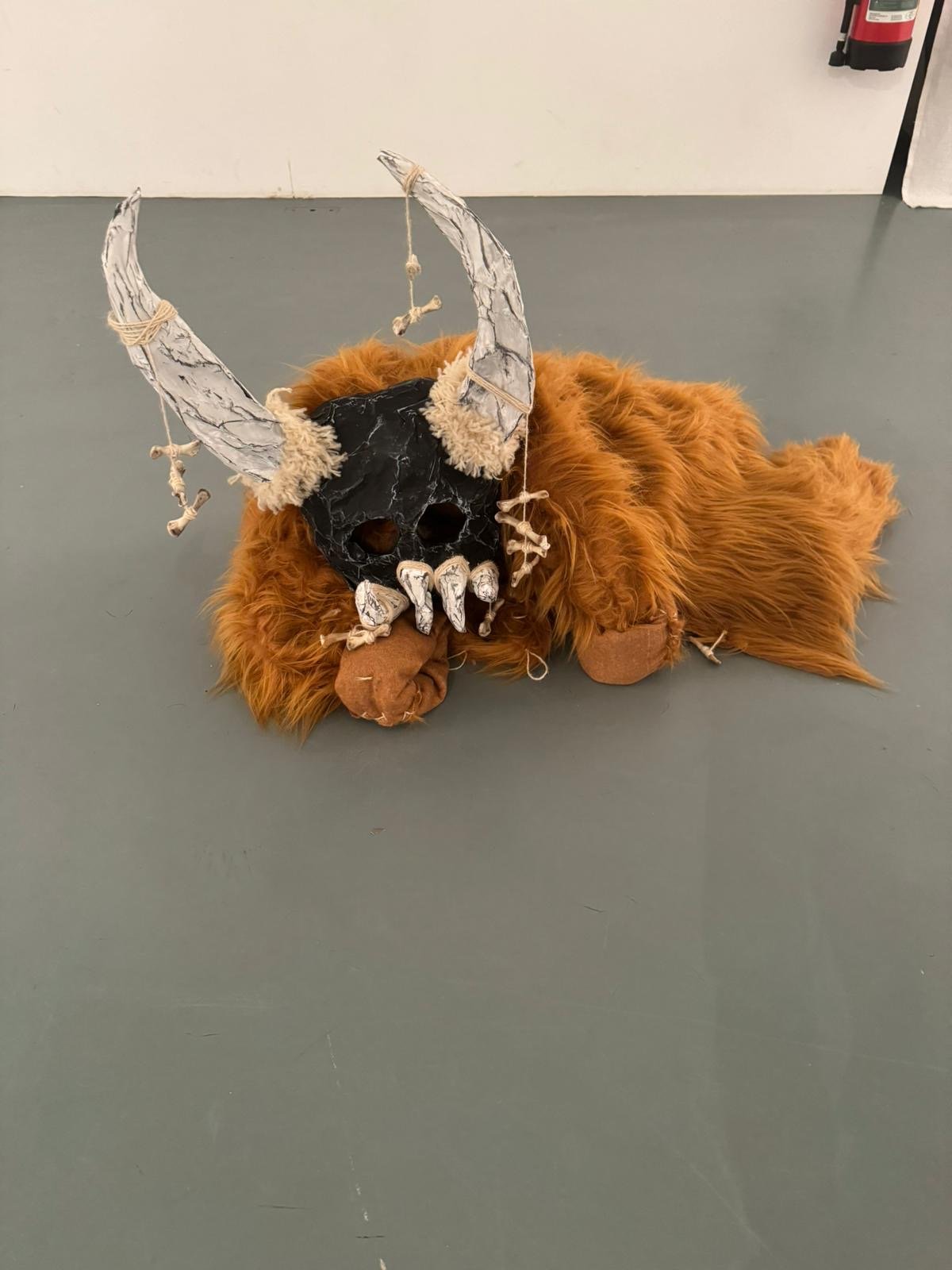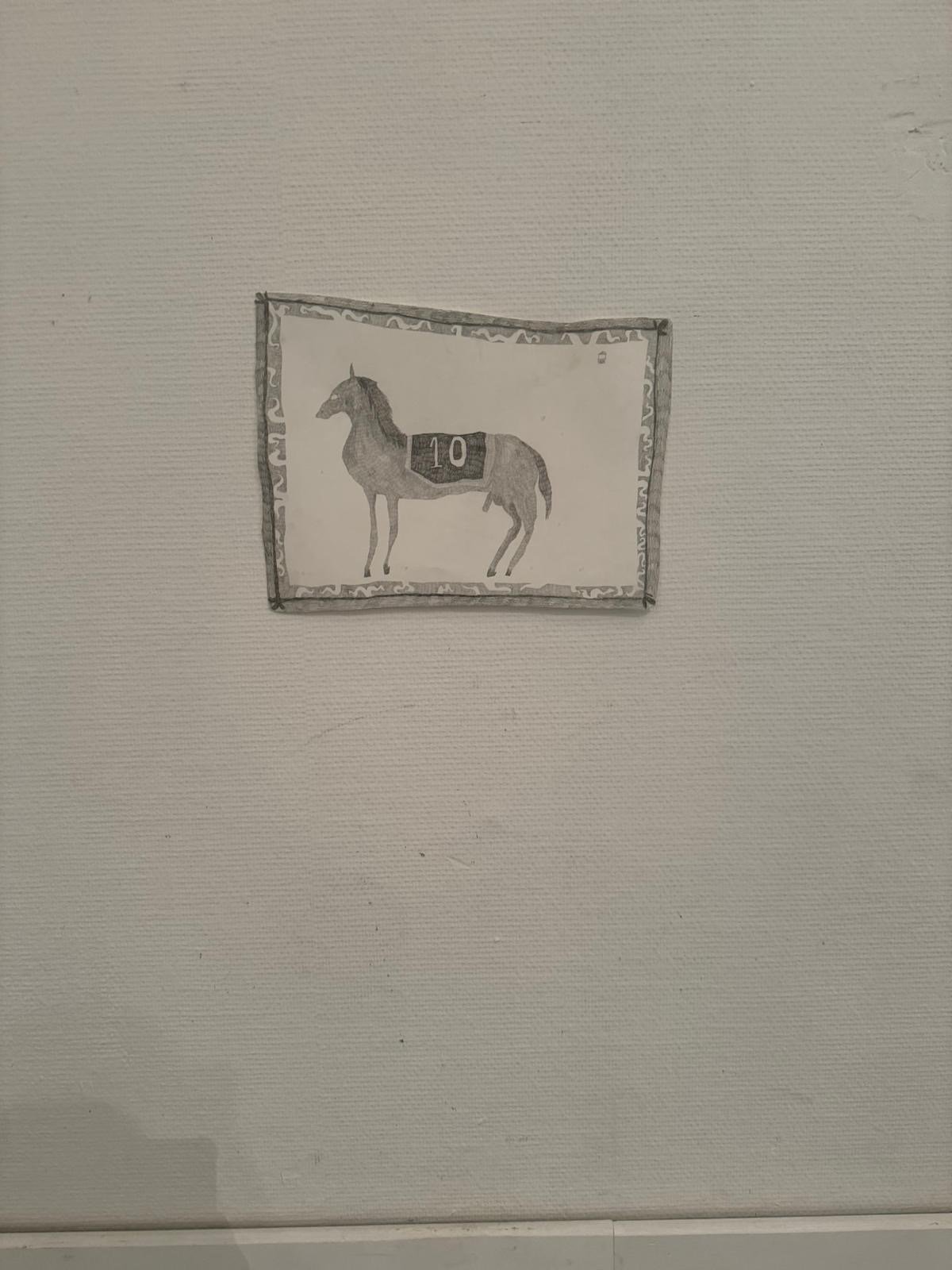photos opening: Lili Berger
Thank you for joining us for the grand opening of Kwekerij de Verwondering, a charming and small-scale plant nursery created by Jorick de Quaasteniet. Nestled in the heart of the See Lab Garden in Scheveningen, this hidden gem was ready to welcome plant lovers of all kinds. On June 2, 2024, from 1 PM to 4 PM, we celebrated an afternoon filled with nature, community, and sustainable gardening.
At Kwekerij de Verwondering, you found a curated selection of untreated plants, lovingly grown to bring a touch of green wonder to your home or garden. Our commitment to natural and sustainable practices meant you could trust that our plants were free from harmful chemicals and nurtured with care.


















photography: Anke van den Berg
As part of our dedication to environmental responsibility, we encourage you to bring along any empty plant pots you have. We are happy to reuse them, helping to reduce waste and promote a cycle of sustainability.
Come and explore our little green haven, meet fellow plant enthusiasts, and discover the beauty of untreated, home-grown plants. We look forward to welcoming you to Kwekerij de Verwondering!
Date: June 2, 2024 | Time: 1 PM - 4 PM | Location: See Lab Garden, Scheveningen
Let's grow a greener future together!
more info:
www.kwekerijdeverwondering.nl
https://www.instagram.com/kwekerij.de.verwondering/
































































